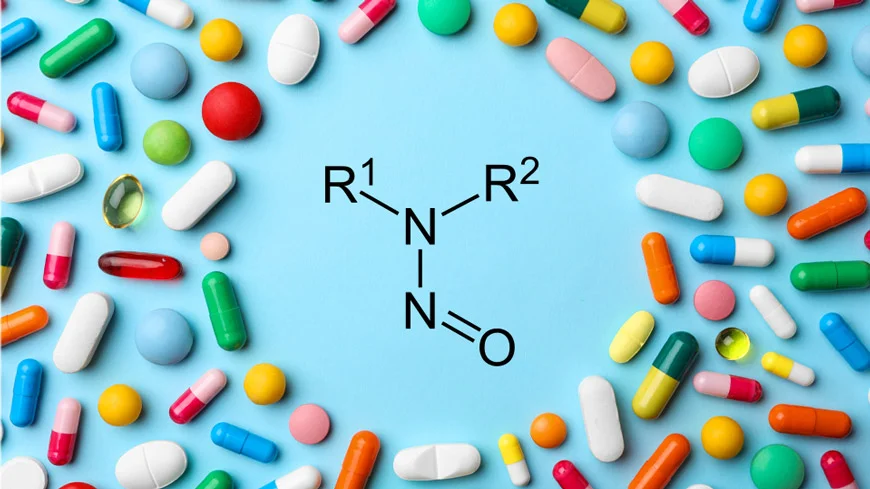

Discussion forum for Pharma Quality events, Regulatory Actions
Warning letters, 483s, Recalls, Import Alerts, Audit observations

Warning letters, 483s, Recalls, Import Alerts, Audit observations





In October 2024, Accord Healthcare recalled over 25 lots of Cinacalcet tablets in various strengths (30 mg, 60 mg, and 90 mg) due to levels of the Nitrosamine Drug Substance-Related Impurity (NDSRI), N-nitroso-cinacalcet, exceeding the Acceptable Daily Intake (ADI) limits. These Cinacalcet tablets, manufactured by Intas Pharmaceuticals in India, were found to contain this NDSRI at levels that surpassed regulatory thresholds. According to the U.S. FDA’s Recommended Acceptable Intake Limits for Nitrosamine Drug Substance-Related Impurities, N-nitroso-cinacalcet is categorized as a potency Category 3 impurity, with an ADI of 400 ng/day.
Cinacalcet, a calcimimetic agent, is indicated for treating secondary hyperparathyroidism (HPT) and parathyroid carcinoma. Originally approved by the FDA and EMA in 2004 under an NDA by Amgen, Cinacalcet now has multiple generic versions available in the U.S. market, including products from manufacturers such as Intas (Accord), Aurobindo, Cipla, Lupin, Strides, Sun Pharma, and Alkem.
Nitrosamine Impurity (NDSRI) in Cinacalcet
Cinacalcet is a secondary amine drug substance with an R-NH group susceptible to generation of N-Nitroso impurity under facilitating conditions in presence of nitrite or nitrate salts and an acidic environment.

In October 2024, Dr. Reddy’s Laboratories also recalled over 300,000 bottles of Cinacalcet tablets across various strengths due to the detection of N-nitroso-cinacalcet.
The synthesis of Cinacalcet generally involves the reaction of a trifluoromethylphenyl derivative with a naphthylethylamine core, typically via:
(Trifluoromethylphenyl derivatives as precursors for Cinacalcet: – Trifluoromethylphenyl cinnamaldehyde or propionaldehyde, Trifluoromethylphenyl propionic acid, Trifluoromethylphenyl ester etc.)
These synthetic routes for Cinacalcet typically do not involve nitrites or nitrates, which are the primary sources of nitrosating agents necessary for nitrosamine formation. Therefore, the standard chemical synthesis of Cinacalcet itself does not inherently present a risk for direct formation of N-nitroso-cinacalcet.
However nitrosamine impurities in Cinacalcet could be generated through indirect sources or contaminants, such as:
Potency Category and Acceptable Intake for N-Nitroso-Cinacalcet
The USFDA-CDER recommended Acceptable Intake (AI) Limits for N-Nitrosocinacalcet is 400ng/ day as per the Predicted Carcinogenic Potency Categorization (PCPC) approach. N-nitroso-cinacalcet has a potency score of 3, based on the structural features surrounding the N-nitroso group. It has three alpha-hydrogens (1,2), providing it with an α-hydrogen score of 3, alongside a deactivating chain of ≥5 consecutive non-hydrogen atoms on both sides of the acyclic N-nitroso group (score +1) and an activating aryl group bonded to the α-carbon (score -1). This results in a total potency score of 3, correlating to an AI of 400 ng/day.
Control Strategy for Nitrosamines and NDSRIs – Risk Analysis and Risk Mitigation
Drug products with Nitrosamine vulnerable actives like Cinacalcet always carry always a risk of Nitrosamine impurities and NDSRIs. A robust risk assessment must be performed for mitigation of the risk of nitrosamines and NDSRIs in drug products as emphasized in USFDA and EMA guidelines.
A robust risk assessment and well defined control strategies is a must to mitigate risk of Nitrosamines and NDSRI impurities in drug products especially for those containing structures vulnerable to nitrosamine formation.
References:
Leave a Comment
You must be logged in to post a comment.